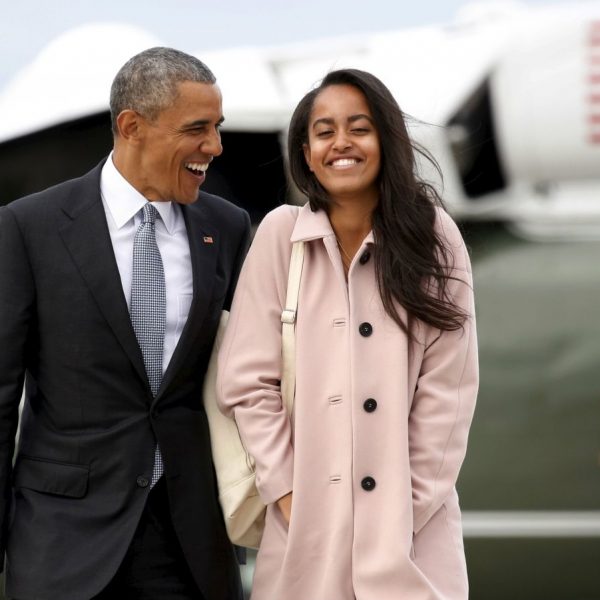President Obama’s older daughter, Malia, has decided to go to Harvard University, but has chosen to take a gap year. The university encourages its undergraduates to take a gap year before or during their studies and about 80 out of 110 now do so; it’s a growing trend.
It’s wonderful to see that America’s First family is endorsing this incredible opportunity for school leavers to get some life experience outside of the classroom. It is a time which can be hard for parents but, as the President said “I’m not ready for her to leave … but she’s ready to go. She’s just a really smart, capable person and she’s ready to make her own way.”
So, what will she be looking for in her year out? Learning, but not in a classroom. New life experiences, but in a supported environment. Skills that will enhance the rest of her career and life. Oh yes, and some awesome, fun times are a necessity.
Where to start your research and planning
 Like everyone else, she’ll be daunted by the incredible range of opportunities she has but you can squeeze a lot of experience into one year. The best place to read reviews is at www.gooverseas.com (hint: we get amazing AHA reviews).
Like everyone else, she’ll be daunted by the incredible range of opportunities she has but you can squeeze a lot of experience into one year. The best place to read reviews is at www.gooverseas.com (hint: we get amazing AHA reviews).
The www.americangap.org is a great place to explore different options and has just published its 2015 National Alumni Survey which shows improved civic engagement, improved college graduation rates and improved GPAs* in college. She may already have attended one of the many gap year fairs organised by www.usagapyearfairs.org , and at www.interimprograms.com she can get great advice: they’ve been helping shape American gap years for 35 years. She could also look at the not for profit www.yearoutgroup.com which promotes the concept and benefit of well-structured year out programmes and is based in the UK where the concept originated in the 1960s.
“Art History was one of my favourite subjects”, Barack Obama
Although the President made an off-the-cuff remark comparing earnings after technical training to those after Art History degrees, his hand-written note of apology shows that “art history was one of my favourite subjects in high school, and it has helped me take in a great deal of joy in my life that I might otherwise have missed.”
It is impressive to learn that the President went out of his way to meet Glenn Ligon, whose 1992 piece “Black Like Me No 2” hangs in his personal quarters along with this piece by Ed Ruschka. Whilst it is pleasing to hear that the President values the subject and that it has given him joy, what he perhaps misses are the life lessons to be learned from studying art history.
First, you learn to observe – did you know there are courses for medics and police to improve their observational techniques using art? Next, you need to understand the context of the piece of art. What was happening in the world at the time, both before and after? History, philosophy, politics and literature will all help you achieve a deeper understanding of a piece of art.
Critical thinking is a key skill to unravel the complex tapestry of events that inform the arts. If you want to understand Leonardo da Vinci you will learn about political power and dynasties, architecture, geography, engineering, science and, of course, “get up and go”.
As the great man once put it “it had long since come to my attention that people of accomplishment rarely sat back and let things happen to them. They went out and happened to things.”
Malia has already interned twice in the film industry, so she has begun to go and “happen to things.” Let’s hope that after her gap year, she too will look back and be glad to have done something which gave “a great deal of joy in [her] life that [she] might otherwise have missed”.




